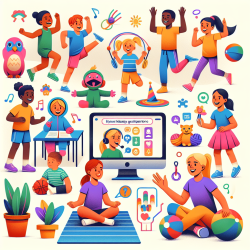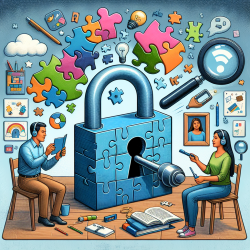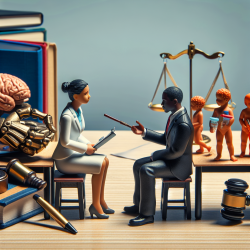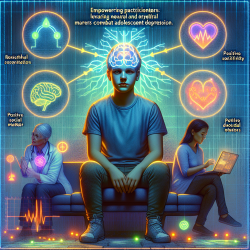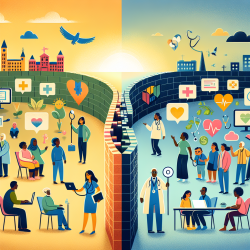Introduction
As professionals dedicated to improving the lives of children, understanding the intricate relationship between physical literacy (PL), physical activity, and mental wellbeing is crucial. The recent study, "Physical Literacy for Communities (PL4C): physical literacy, physical activity and associations with wellbeing," provides valuable insights into how these elements interact and influence child development. This blog will explore the key findings and implications of this research, offering practical advice for practitioners aiming to enhance their skills and outcomes for children.
Understanding Physical Literacy
Physical literacy is a multi-dimensional concept encompassing the motivation, confidence, physical competence, knowledge, and understanding necessary for lifelong engagement in physical activities. It is considered a critical determinant of physical activity, which in turn is linked to various health benefits.
The PL4C study assessed physical literacy using the PLAYfun and PLAYself tools, focusing on Canadian children aged 7-9. The results indicated that while most children were physically active, their motor competence and self-perceived PL were at an 'emerging' level, highlighting a significant area for improvement.
Key Findings and Implications
The study found that PL was significantly associated with moderate-to-vigorous physical activity (MVPA) and mental wellbeing, particularly internalizing problems. Notably, MVPA partially mediated the relationship between PL and internalizing problems, suggesting that enhancing physical literacy could indirectly improve mental health outcomes.
- Children with higher PL scores engaged in more physical activity, which is associated with reduced internalizing problems.
- Improving PL can lead to better mental health outcomes, even if the direct impact on externalizing problems was not significant.
Practical Applications for Practitioners
For practitioners working with children, the findings underscore the importance of incorporating physical literacy development into therapy and educational programs. Here are some actionable steps:
- Integrate PL Assessments: Utilize tools like PLAYfun and PLAYself to assess and track children's physical literacy over time.
- Encourage Physical Activity: Design programs that promote regular MVPA, as it plays a mediating role in enhancing mental wellbeing.
- Focus on Skill Development: Emphasize the development of fundamental movement skills, which are crucial for improving PL and encouraging lifelong physical activity.
Encouraging Further Research
While the PL4C study provides valuable insights, it also highlights the need for further research to explore the long-term impacts of physical literacy on mental health and overall wellbeing. Practitioners are encouraged to engage in ongoing assessment and contribute to the growing body of evidence in this field.
Conclusion
By understanding and applying the principles of physical literacy, practitioners can play a pivotal role in enhancing the physical and mental wellbeing of children. This approach not only supports individual development but also contributes to broader public health goals.
To read the original research paper, please follow this link: Physical Literacy for Communities (PL4C): physical literacy, physical activity and associations with wellbeing.
